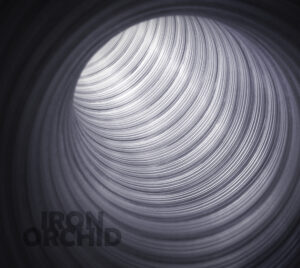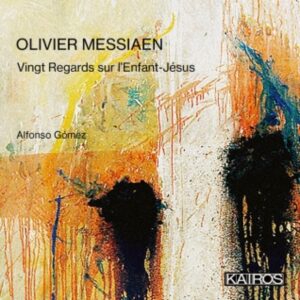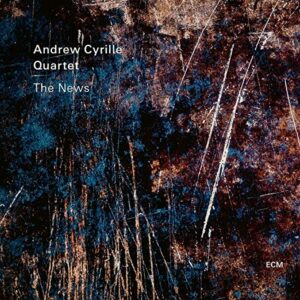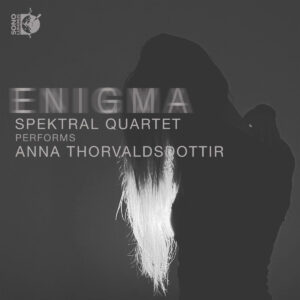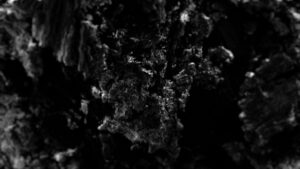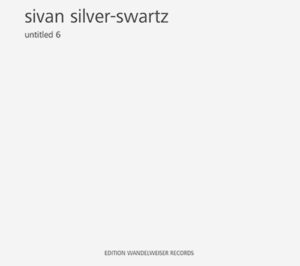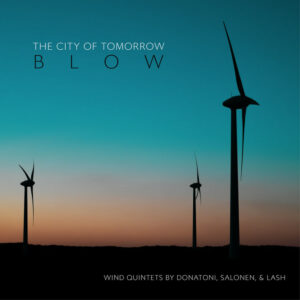Sequenza 21 Best of 2021
Craig Taborn
Shadowplay
ECM Records
I first became aware of pianist Craig Taborn in the early aughts, writing about him for (dearly departed) Copper Press and Signal to Noise and contributing reviews of his various outings as leader and sideperson since. In his recent playing, Taborn has displayed increasing expansiveness and interest in diversely complex formal designs. Shadowplay is a 2020 live recording of the pianist at Konzerthaus, Wien. The full hour and a quarter of it is improvised material, some pieces providing a fresh perspective on Taborn�s creativity.�
The opener, �Bird Templars�, is representative of the frequent juxtapositions of musical techniques employed on the recording. It starts pianissimo with a repeated mid-register tremolo and a gradually unfolding melody in the lower register, then doubled in rumbling octaves. The oscillation builds into chordal tremolos with the countermelody now placed in the middle register. A repeated figure in the bass starts to define the harmony, and it builds into octave arpeggios over the tremolos, now more insistent, and then a series of close-spaced intervals, a collection that will reappear in various guises. The roles shift, with chords in the left hand and a continually repeated unison in the right. These are the building blocks for the material that ensues, with a development in which sharing of material between hands is expanded and reconsidered. The middle section finally concludes with a keyboard spanning scale with the sustain pedal held down. This is followed by a section that puts the chords in the left hand and a mournful melody in the right in a grand crescendo of activity, which dissolves into the close-spaced interval group played inverted in the left hand while thirds in the right climb upward and revert back to tremolos to close. To work out such a framework on the fly takes technical skill, contrapuntal chops, and tremendous concentration.�
Beginning with dissonant fragments of material, �Shadowplay� demonstrates concern with stylistic plurality. It moves through swing time sections, ostinato arpeggiations, thick repeated chords, a passage of minimalism, and an extended coda of repeated mottos in both left and right hand that link together in polyrhythmic post-bop fashion. At the very end, the motto pops up an octave to explore the soprano register and then, abruptly, stops.�
The listener is treated to several more long form improvisations with compositional deployment of formal design, including the pair of �Discordia Concors,� a Schoenbergian essay with glissandos alongside melodic angularity and �Concordia Discors� that more resembles the color chords of Messiaen accompanying a mercurial ballad melody, which then goes into a double time ramble. There is a build to a protracted clarion repeated unison, then slowing to a glacial version of the ballad tune. �Conspiracy of Things� begins with a blustery cascade of dissonances that moves into an ebullient set of bebop variations. It finishes with an accelerando of chromatic passagework over a repeated bass groove.�
�A Code with Spells� brings together a bluesy ballad�s melodic embellishments, repeated bass riff, and imaginative chordal exploration. Here as elsewhere, many different dynamic shadings and variations of phrasing create an abundant variety of impressions. The repetition eventually spreads to the entire texture, in successive ferocious builds and then a decrescendoing denouement daring the listener to guess when it will cease. Near the end, a triplet figure inserts itself and proliferates to take over the rhythm, accelerating to an abrupt close.��
�Now in Hope� finishes the concert with a gospel/bop hybrid that is the closest material to traditional jazz on Shadowplay. At its conclusion, enthusiastic applause is left untrimmed – feel free to join in.�

